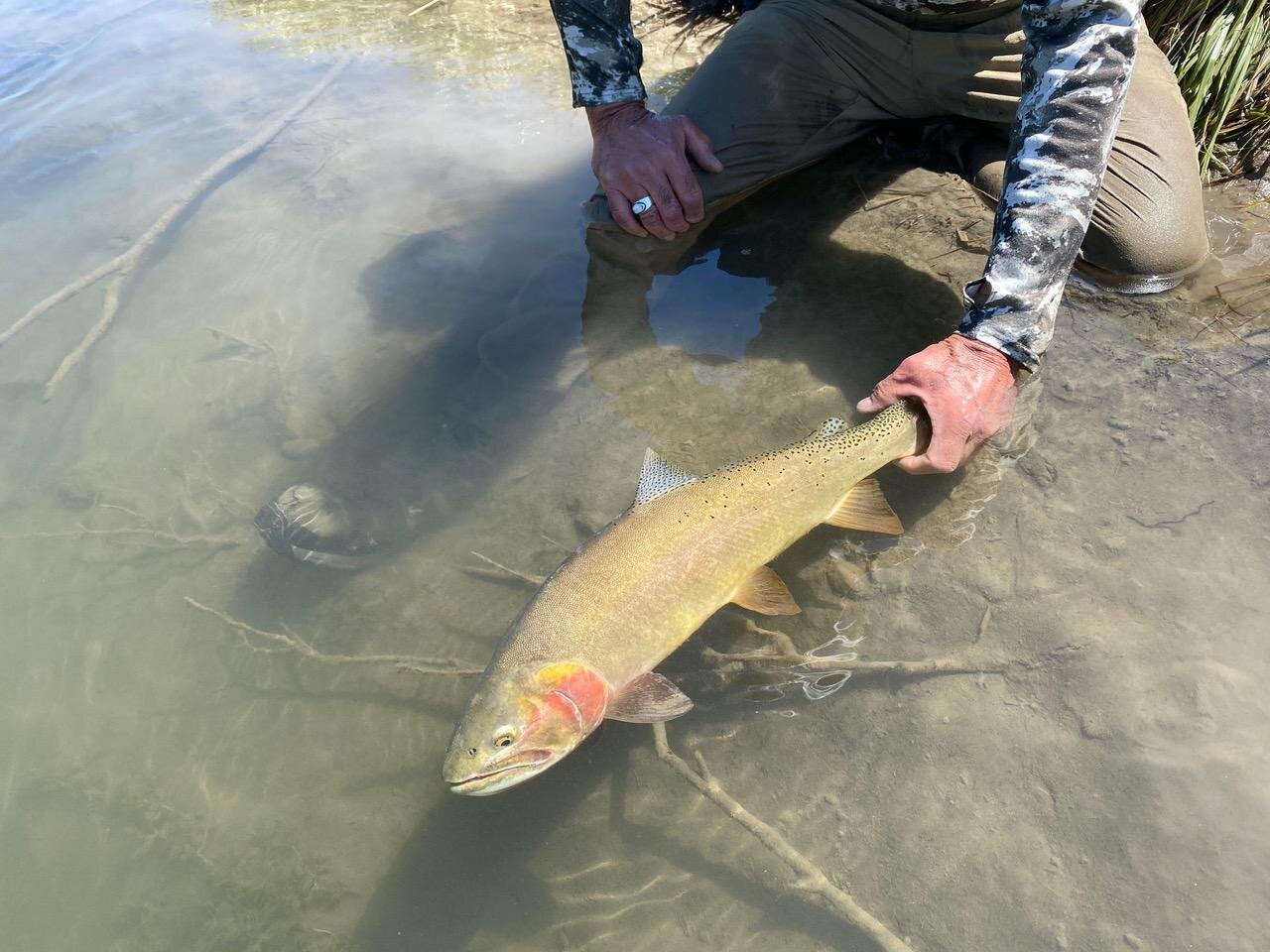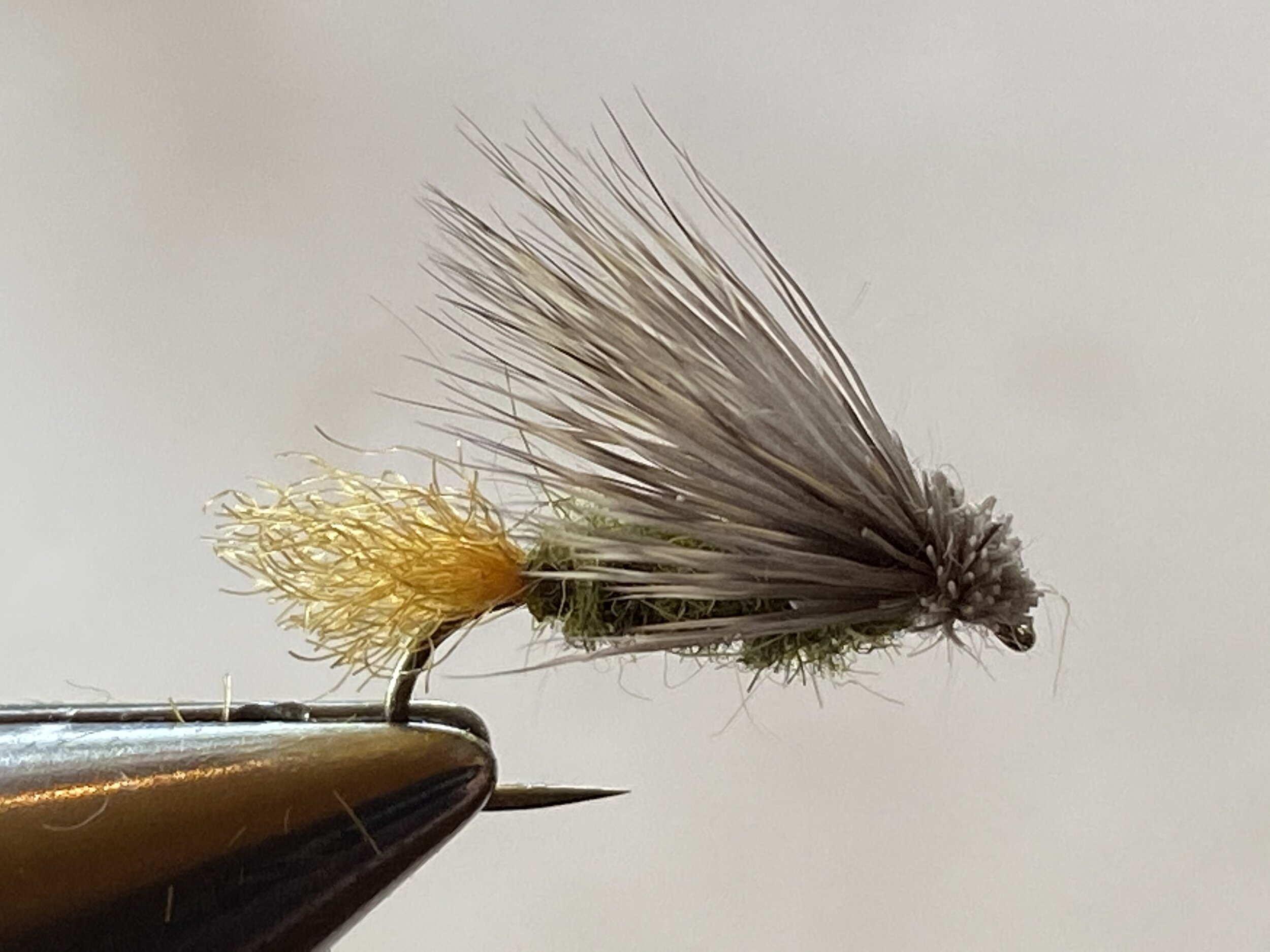No doubt, these are challenging times. But, while many who love wild places, wild and native fish and wildlife, and public land sit on their couches, mope and complain and let their conservation compass spin out of control, I find action is the cure.
Some question whether advocacy is dead, others complain they are losing their wealth during the pandemic and can no longer help fund the conservation programs they used to. Others point to figures like John Muir and Aldo Leopold and say these men were “dinosaurs”, and, “their conservation ethic is no longer found in society today”.
I ask these folks, “who created the grassroots advocacy and activism we’ve seen in the past”. The advocacy that created our nation’s wilderness areas and protects wild places, wildlife and public lands. That advocacy that keeps these places and their wildlife in the public trust in face of mounting pressure to open public lands to harmful development and activity.
So, who was it, you ask? It’s NOT Leopold or Muir. It is the tiny grassroot advocacy and activist organizations that organize bake sales, and raise money and awareness, and fight for the public trust, wildlife, wild and native trout and wild places. Organizations like Montana Trout Unlimited, Madison River Foundation, Mountain Journal, Western River Conservancy, Montana Sportsman’s Alliance, and Trust for Public Land. These well-run, effective and efficient groups are not the bloated national organizations that owe favors to dark money funding groups. They get the conservation job done for all of us who love wild and native trout, wildlife and wilderness. Please consider supporting these organizations, today in these troubling times they need our help more than ever.
This week Jackie and I met with Cottonwood Environmental Law Center to discuss their continued work keeping the Gallatin River’s water free from the potential negative impacts of Big Sky’s wastewater pollution. We also discussed bighorn sheep restoration in the Gravelly Mountain Range, a program we’ve worked hard to support and raise awareness of. Stay tuned.
Jackie has come out of retirement to join Mountain Journal’s Board of Directors. If you love Yellowstone country and its wilderness, wildlife and wild-native trout go to their website and sign up to receive their award winning and free email newsletters. Stay informed. Remember, MoJo believes science should lead the discussions and decision of the conservation and environmental issues facing Yellowstone country today and into the future. Support MoJo with an important donation too! It will keep awesome Yellowstone wildlife stories, science and informed decision making coming to your door
In mid-September I look forward to being a part of a 30-minute video podcast aired on Earth X Television called “Round the Fire”. Myself and Trevor Neilson, Co-Founder and CEO of 1X Investments will discuss climate change and other important conservation and environmental issues from a fishing and hunting perspective. I’ll keep you posted once the exact date and time is announced.
This week we explored a few small streams in Yellowstone country. You’ll see photos of our fishing junkets here. I enjoy these small streams and some large trout that can inhabit them.
In my little guidebook, The Yellowstone Fly-Fishing Guide, I discuss dozens of smaller waters in Yellowstone detailing what kinds of trout inhabit them, hatches and best flies and times to fish them and much more. The book discusses all Yellowstone waters. I am proud to donate proceeds from the sale of this book to the “Yellowstone Cutthroat Trout Program in the Park”. For more information on this program go to “Yellowstone Forever” and click on the link. The book is available by going to Blue Ribbon Flies website as well as on Amazon. Order from Blue Ribbon Flies and I’ll autograph it!
Thanks from Yellowstone’s native Yellowstone Cutthroat trout for your support.


















































































